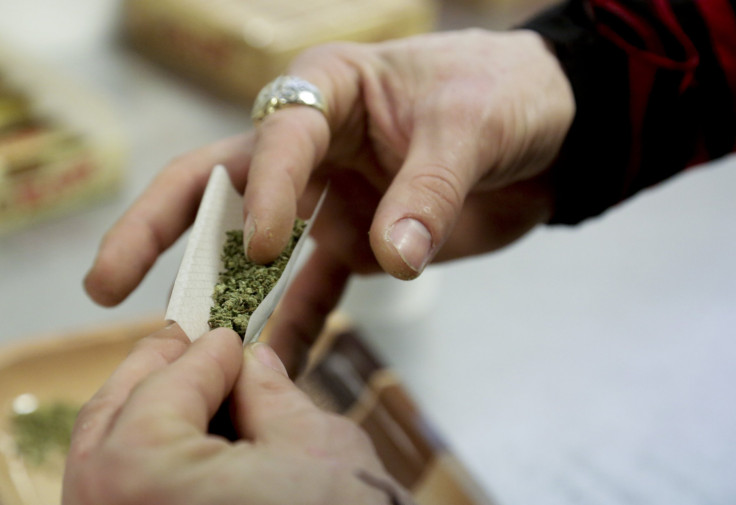How Much Marijuana Is In A joint? Amid Legalization, New Research Debunks Estimates Of Cannabis Cigarettes

Rolling — and ultimately smoking — a joint is and has been for decades somewhat of an unofficial, yet taboo, rite of passage for many people. Up until now there was no certain amount of marijuana needed to complete the rolling, but a new study has debunked popular belief and found that less cannabis is needed for a joint than previously believed.
Researchers who recently published a new report in the journal Drug and Alcohol Dependence took a number of factors into account when calculating their findings on "the distribution of grams of marijuana in a joint." For the record, a joint has about 0.32 grams, or 0.01 ounces, of marijuana, the researchers found.
The estimates are well below those provided by the White House in 2014, when it announced a joint has on average 0.43 grams of weed, or 0.02 ounces. Past studies have found that joints have up to 0.75 grams, or 0.03 ounces, Live Science reported.
Greg Ridgeway, an associate professor of criminology and statistics at the University of Pennsylvania, and Beau Kilmer of the RAND Corporation teamed up to conduct the research, which Ridgeway said may at first seem like a strange undertaking. “It seems like an odd question but major policy questions depend on the answer,” Ridgeway writes in the study.
The pair conducted the research in part to have the amount of weed used in a joint help answer larger questions about marijuana use in the U.S. “It turns out to be a critical number in estimating how much marijuana is being consumed [nationwide], how much drug-trafficking organizations are putting on the market and how much states might expect in revenue post-legalization,” Ridgeway said.
The research consisted of data collection over the course of a decade that included more than 10,000 weed sales, legal and otherwise, location of the sales and price paid. Tying the price to the weight, the researchers were able to scientifically determine how much cannabis goes into a typical joint.
"These estimates can be incorporated into drug policy discussions to produce better understanding about illicit marijuana markets, the size of potential legalized marijuana markets, and health and behavior outcomes," the study concluded.
© Copyright IBTimes 2025. All rights reserved.






















